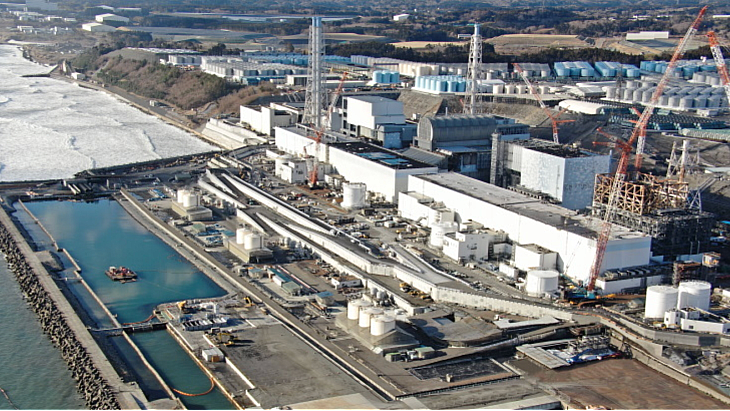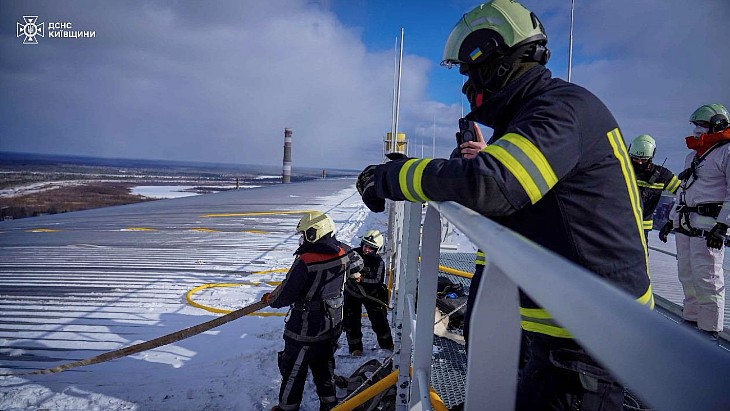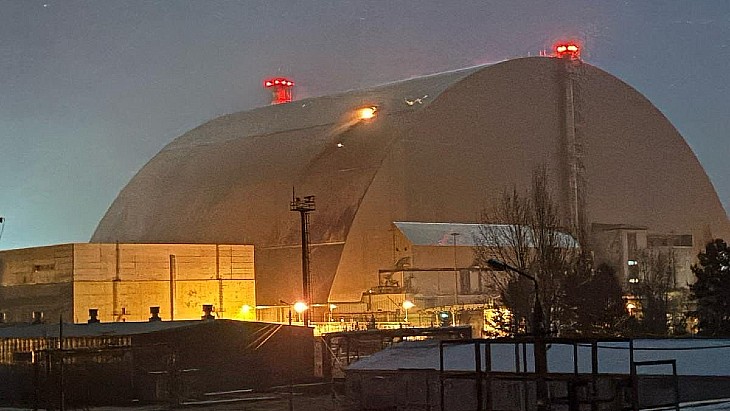US announces Russian military plutonium milestone
Tuesday, 15 January 2008
Closure of two of the three weapons-grade plutonium production reactors has drawn a step closer with the installation and start-up of the first new boiler and turbine at a replacement power plant. The reactors were built in the mid-1960s to provide heat and electricity to the town of Seversk as well as to produce plutonium. NNSA claimed the eventual closure of the two reactors would eliminate the production of 800 kg of weapons-grade plutonium per year in a project scheduled for completion by the end of this year.
Seversk was until 1992 one of the Soviet Union's 'secret' nuclear towns, known only by its postal code of Tomsk-7. The town's modern history begins in 1949, with the founding of the organization known as the Siberian Group of Chemical Enterprises (SGCE). It is home to several nuclear reactors and chemical plants for uranium separation, enrichment, and reprocessing. Today, SGCE is billed as the largest employer in the city of Seversk, with a workforce of some 1500 scientists, engineers and technical specialists.
NNSA is also constructing a fossil fuel plant to provide replacement heat and power for another formerly secret city, Zhelenogorsk (Krasnoyarsk-26), which it says will enable "the last Russian plutonium production reactor" to be shut down by the end of 2010.
Both projects come under the auspices of the NNSA's Office of Nuclear Risk Reduction, which works to reduce weapons-grade nuclear materials on a global basis. NNSA is an organization of the US Department of Energy which was established in 2000.
The US National Nuclear Security Administration (NNSA) has announced a major milestone in a project to close plutonium production reactors in Russia, with progress in the refurbishment of an existing fossil fuel plant to replace power output from the reactors.
The US National Nuclear Security Administration (NNSA) has announced a major milestone in a project to close plutonium production reactors in Russia, with progress in the refurbishment of an existing fossil fuel plant to replace power output from two of the reactors.Closure of two of the three weapons-grade plutonium production reactors has drawn a step closer with the installation and start-up of the first new boiler and turbine at a replacement power plant. The reactors were built in the mid-1960s to provide heat and electricity to the town of Seversk as well as to produce plutonium. NNSA claimed the eventual closure of the two reactors would eliminate the production of 800 kg of weapons-grade plutonium per year in a project scheduled for completion by the end of this year.
Seversk was until 1992 one of the Soviet Union's 'secret' nuclear towns, known only by its postal code of Tomsk-7. The town's modern history begins in 1949, with the founding of the organization known as the Siberian Group of Chemical Enterprises (SGCE). It is home to several nuclear reactors and chemical plants for uranium separation, enrichment, and reprocessing. Today, SGCE is billed as the largest employer in the city of Seversk, with a workforce of some 1500 scientists, engineers and technical specialists.
NNSA is also constructing a fossil fuel plant to provide replacement heat and power for another formerly secret city, Zhelenogorsk (Krasnoyarsk-26), which it says will enable "the last Russian plutonium production reactor" to be shut down by the end of 2010.
Both projects come under the auspices of the NNSA's Office of Nuclear Risk Reduction, which works to reduce weapons-grade nuclear materials on a global basis. NNSA is an organization of the US Department of Energy which was established in 2000.
Most Read

Fukushima Daiichi: How is the decommissioning process going to work?
Friday, 4 October 2024

Chernobyl shelter fire still smouldering two weeks after drone strike
Friday, 28 February 2025

Chernobyl's protective shelter damaged 'by drone strike'
Friday, 14 February 2025

Canadian regulator issues SMR construction licence
Friday, 4 April 2025
Podcasts & Features
Podcast: The nuclear energy lawyer's perspective
Podcasts & Features Thursday, 31 July 2025
Viewpoint: The vital role of medical isotopes in theranostics
Podcasts & Features Tuesday, 22 July 2025

Related Links
Related Stories






